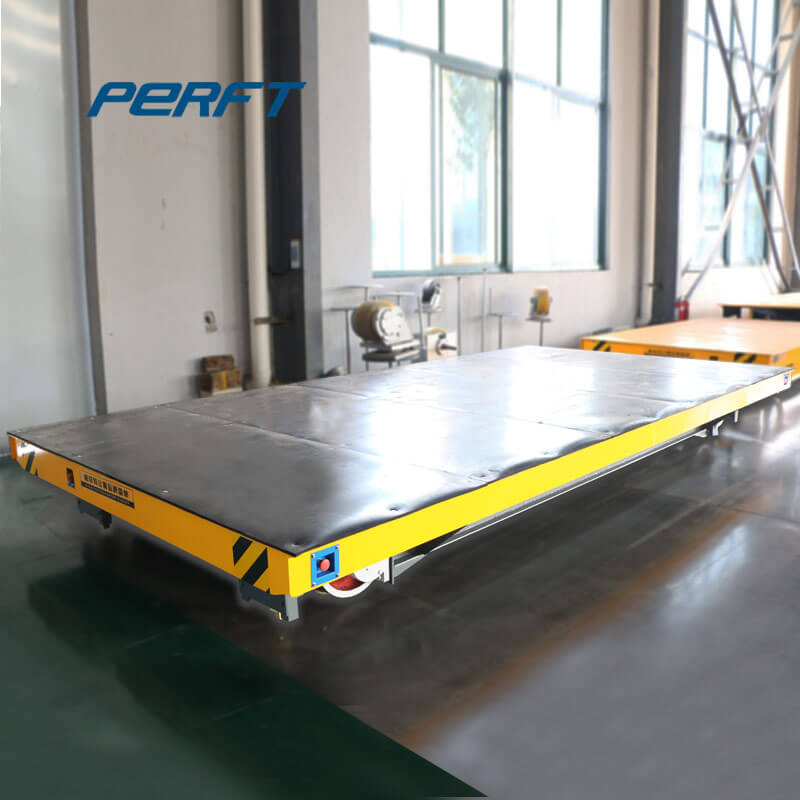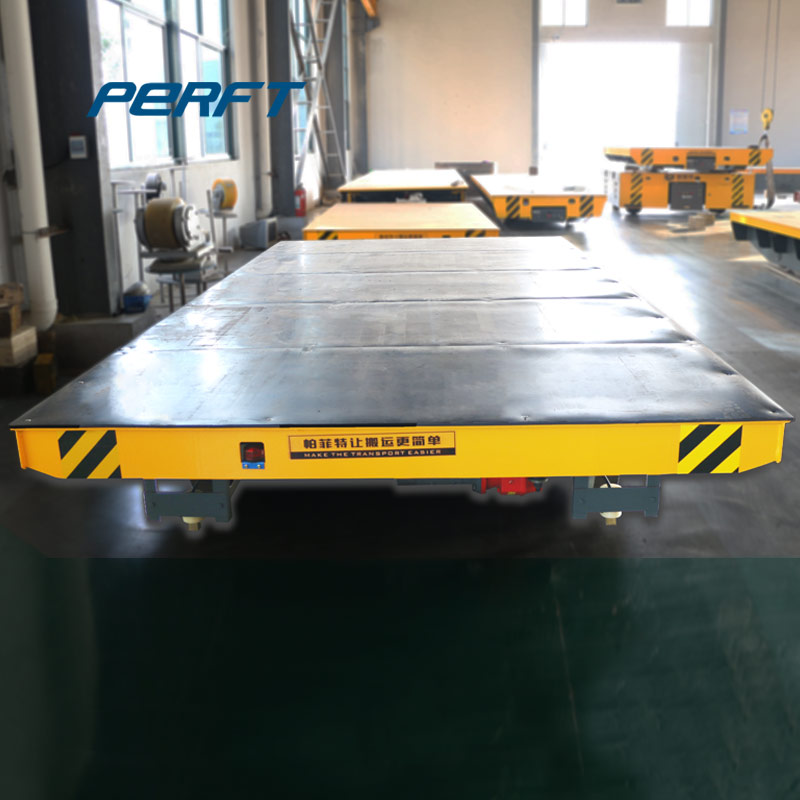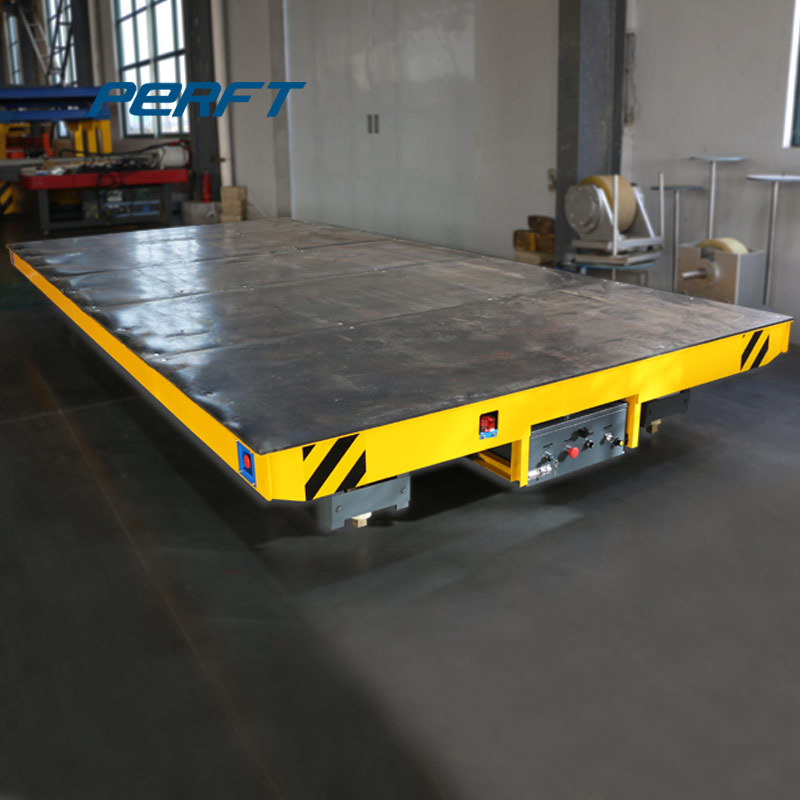


.jpg)
.jpg)
.jpg)
.jpg)
.jpg)
.jpg)
.jpg)
.jpg)
.jpg)
.jpg)
.jpg)
.jpg)
.jpg)
.jpg)
.jpg)
.jpg)
.jpg)
.jpg)
.jpg)
.jpg)
.jpg)
.jpg)
.jpg)
.jpg)
.jpg)
.jpg)
.jpg)
.jpg)
.jpg)
.jpg)
.jpg)
.jpg)
.jpg)
.jpg)
.jpg)
.jpg)
.jpg)
.jpg)
.jpg)
.jpg)
.jpg)
.jpg)
.jpg)
.jpg)
.jpg)
.jpg)
.jpg)
.jpg)
.jpg)
.jpg)
.jpg)
.jpg)
.jpg)
.jpg)
.jpg)
.jpg)
.jpg)
.jpg)
.jpg)
.jpg)
.jpg)
.jpg)
.jpg)
.jpg)
.jpg)
.jpg)
.jpg)
.jpg)
.jpg)
.jpg)
.jpg)
.jpg)
.jpg)
.jpg)
.jpg)
.jpg)
.jpg)
.jpg)
.jpg)
.jpg)
.jpg)
.jpg)
.jpg)
.jpg)
.jpg)
.jpg)
.jpg)
.jpg)
.jpg)
.jpg)
.jpg)
.jpg)
.jpg)
.jpg)
.jpg)
.jpg)
.jpg)
.jpg)
.jpg)
.jpg)
average, move one ton of freight more than 4 80 miles per gallon of fuel. • Sustainable Choice: AAR analysis of federal data finds: If 25% of the truck traffic moving at least 750 miles went by rail instead, annual greenhouse gas emissions would fall byIf 50% of the
Rail freight Linfox’s growing rail footprint is well positioned to share the load with road transport. This is particularly important as Australia’s freight demand is forecast to significantly increase in coming decades. Linfox offers end-to-end rail logistics through a growing
Union Pacific is accepting applications for positions in several locations throughout its 23 state territory. See all job openings. Union Pacific Announces DEI Giving Goals and "We Are One" Tour 06/17/21 Full Steam Ahead: World’sPerfectst Steam Locomotive Returns with
Rev: 10/12/05 1 Railway Capacity Background & Overview Railway capacity is often believed to be solely a function of the amount of rail infrastructure a railway has in place. In fact and in very simple terms, railway capacity is a function of managing three basic
Railway Technical Website Background Paper No. 2 Track Basics by Piers Connor1 Introduction Track is the base upon which the railway runs. To give a train a good ride, the track alignment must be set to within a millimeter of the design. Track design and construction is part of a
The Future of Rail examines how the role of rail in global transport might be elevated as a means to reduce the energy use and environmental impacts associated with transport. The rail sector can provide substantial benefits for the energy sector as well as for the environment. By diversifying energy sources and providing more efficient
The U.S. has over 200,000 miles of pipeline for crude oil, refined products, and natural gas liquids. There are over 300,000 miles of pipeline for gathering and transmitting natural gas, and 2.2 million miles for distributing gas to homes, businesses, and other industrial sites. 2. In 2014, U.S. pipelines transported almost all of the natural
Rail freight transportation is featured in Freight Facts and Figures, the Freight Analysis Framework (FAF), the Commodity Flow Survey, TransBorder Freight Data, and Border Crossing Data. BTS publishes Tank Car Data on the use of various types of railroad tank cars for transporting flammable materials and the anticipated replacement of older tank cars with new rolling stock that meets enhanced
9/7/2020 · More than 75% of all oil and 100% of natural gas are transported to markets via pipelines.[] (Most of the remaining ton-miles take place on ships.) Pipelines are the world’s most energy-efficient means of moving a ton of material.
Atlas Parts Diagrams. Welcome to the Parts Catalog Online. We are in the process of converting all of our parts diagrams for locomotives and freight cars into .pdf files for easy viewing. Click on the highlighted loco or freight car you are interested in and you will be able to view the exploded diagram on screen or print it for easy reference.
This switcher was a product of Whitcomb, originally built in 1944 for the U.S. Army. Warren Calloway photo. They proved to be invaluable to the war effort moving men and material and Whitcomb's achievements were recognized by the United States War Department, which presented the company with a "Certificate of Merit" award. Major changes for the
Power Calculations. The Power required to move a train is defined by a simple formula: P=TS/375. Where P is power in horsepower at the rails, T is tractive effort in pounds and S is speed in miles per hour. The engine horsepower at the flywheel is reduced by the auxiliaries such as air compressor, cooling fan, charging alternator, traction
Rail is the most fuel-efficient way to move freight over land, with railroads carrying the load of more than several hundred trucks and moving a ton of freight an average of more than 480 miles per gallon of fuel. Efforts to preserve the environment and mitigate climate